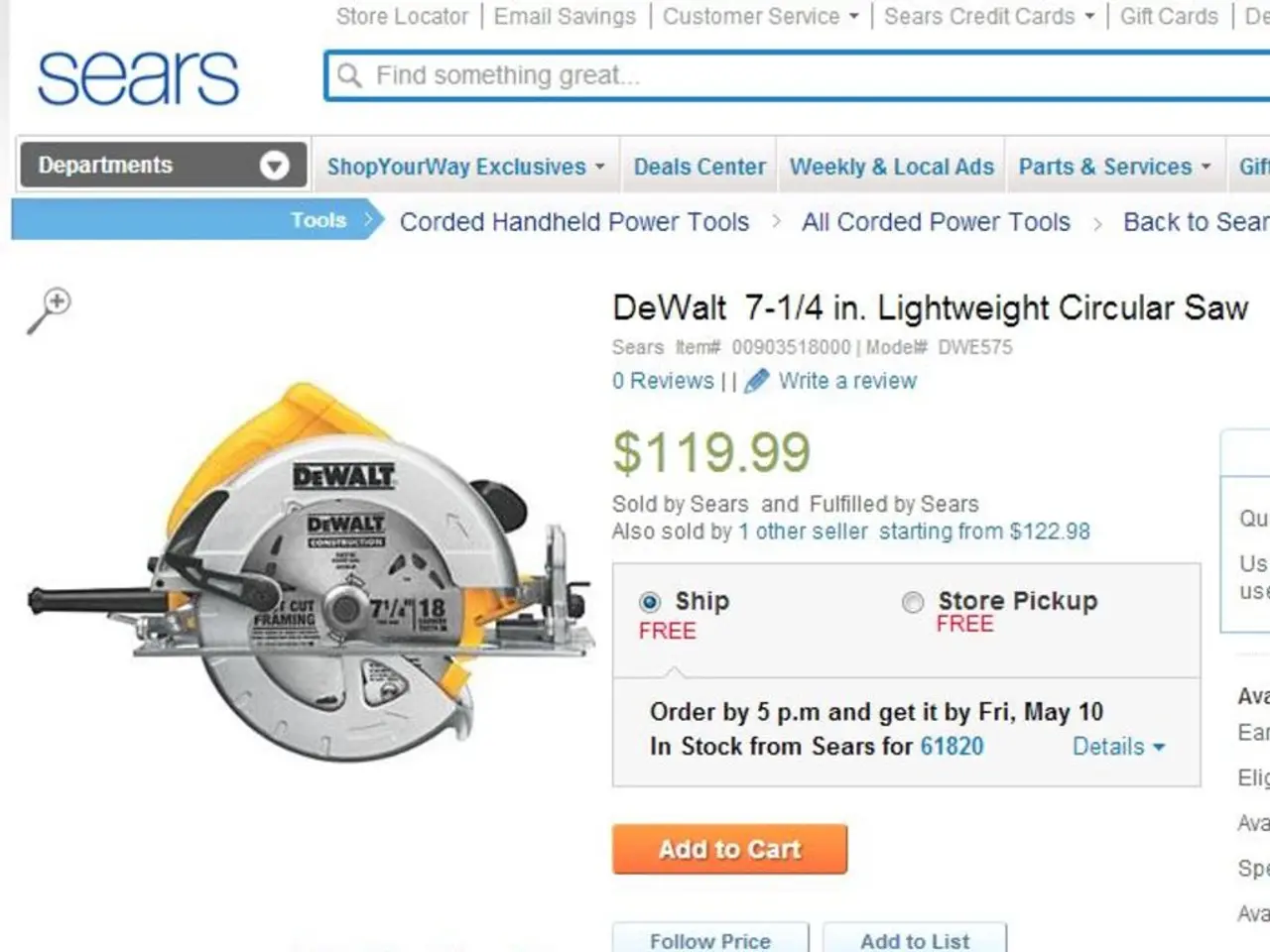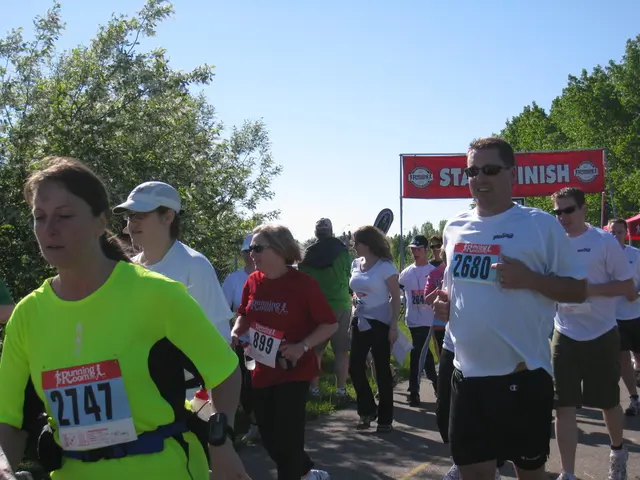Navigating a Broken Link: A Quick Guide
Recovering Lost Materials: A Guide to Fixing Broken URLs
In the digital age, broken links can pose a significant challenge for researchers, instructors, and students alike. However, there are several effective methods to recover materials lost due to these issues.
Direct Linking
One of the best practices is to verify and update the URL if a new or correct link is available to replace the broken one. Direct linking not only attributes the work to its creators but also drives traffic to their sites. It also ensures students access the most up-to-date version of the material.
The Wayback Machine
Archive services like the Wayback Machine can be a lifesaver in such situations. By entering the broken link URL into the Wayback Machine, you can often retrieve a previous version of the page. If the content is not archived, searching for cached versions on search engines might help, especially shortly after the content was removed.
Check for Typos
A simple yet often overlooked way to fix broken links is to carefully review the URL in the broken link for typing errors and correct them to restore access. A typo in the URL can cause a link to stop working as intended.
More Detailed Search
Using related keywords, titles, or author names can uncover alternative sources or mirrors of the missing material. Searching for the exact title of the article in quotes can narrow down the results.
Browser Extensions
Supporting tools like browser extensions that fetch archived or cached pages can automate and ease this recovery process. Extensions like Unpaywall and Lazy Scholar can help find free versions of inaccessible articles by scanning multiple repositories.
Old School Methods
Contacting the website owner or content creator directly to request access or an updated link can also be effective.
Citation Databases
Citation databases such as ResearchGate and Scopus can provide a copy of the article or detailed citations.
Internet Archive's Wayback Machine
The Internet Archive's Wayback Machine can be used to retrieve internet content, including snapshots of web pages over time.
Continuous Access
Downloading backup copies and consulting librarians can help ensure continuous access to valuable resources. Remember, the internet is constantly changing, growing, and expanding, so it's essential to stay vigilant and proactive in maintaining access to important information.
Direct linking when curating course content is a best practice, helping students develop digital literacy skills and ensuring they access the most up-to-date materials. By following these methods, you can effectively recover lost materials linked by broken URLs in website content.
Read also:
- University of Minnesota announces Certification for their course, Introduction to Human Behavioral Genetics
- Deteriorating brutality in the restaurant industry persists
- Enhancing Sanitization Measures in Farm Animal Health Practices
- Skilled Aluminum Welder Akira Miki Continues Impressive Journey Without Formal Training (Second Installment)





